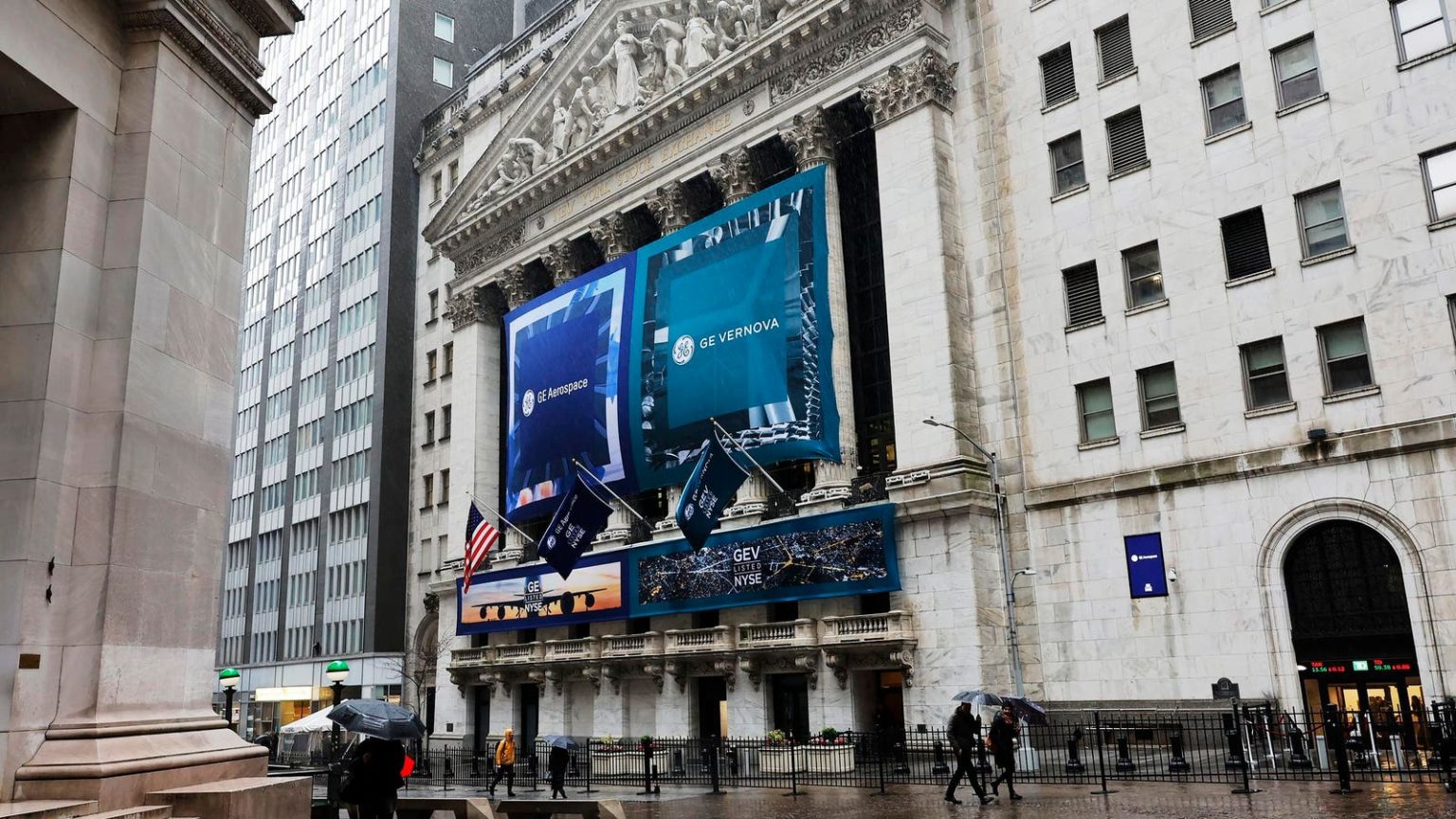The S&P 500 has been experiencing historically low volatility since January 2023, sparking discussions and speculation regarding how long this trend can continue. The VIX index, used as a gauge for expected market volatility, plays a crucial role in analyzing the relationship between the VIX and the S&P 500’s value. Historically, market corrections and bear markets become prevalent when the VIX exceeds 25, while levels below 20 tend to support sustainable market rallies. However, the past year and a half has seen minimal volatility, deviating significantly from the norm over the last decade.
Delving deeper into historical data since 2007, the anomaly of minimal volatility becomes apparent. While the VIX typically averages 47 days per year above 25, the last decade has seen this number decrease to 32 days. The standout anomaly is the mere two trading days with a reading of 25 or higher since January 2023, highlighting the unprecedented calmness in the market. While market anomalies usually revert to their long-term averages, this reversion may not happen immediately, and betting on perpetually lower average volatility may be a risky strategy.
Recent reports have indicated that the VIX crossed over 20, coinciding with modest losses in the S&P 500. This shift raises the possibility of sustained volatility, potentially leading to a run-of-the-mill correction in the S&P 500 of around -10%. Despite this, the probability of a correction entering bear market territory remains low due to macroeconomic supports in the market, such as substantial government spending and a robust economy. However, risks like a potential reacceleration of inflation could impact market volatility, with the Federal Reserve’s response to rising inflation numbers playing a critical role.
Prudent investors are advised to exercise caution in the current market landscape, refraining from adding additional risk while monitoring the direction of volatility. Monitoring whether the VIX crosses 20 and sustains those levels before considering hedging or derisking significantly is recommended, considering the trend of volatility retreating as the VIX nears 20 over the past year and a half. The low volatility phenomenon can be attributed to factors like the strength of the U.S. consumer, driving robust consumption and a strong labor market. However, significant events like increasing inflation rates or geopolitical issues causing supply chain disruptions could usher in a return to a more historically normal volatility regime.
As the market faces a pivotal juncture, prudence and strategic vigilance will be essential in navigating the road ahead. Investors should remain patient and monitor the evolving volatility landscape, taking calculated steps to mitigate risks and capitalize on potential opportunities. With the potential for increased volatility on the horizon, staying informed and adaptable will be key in effectively managing investments in the ever-changing market environment.


